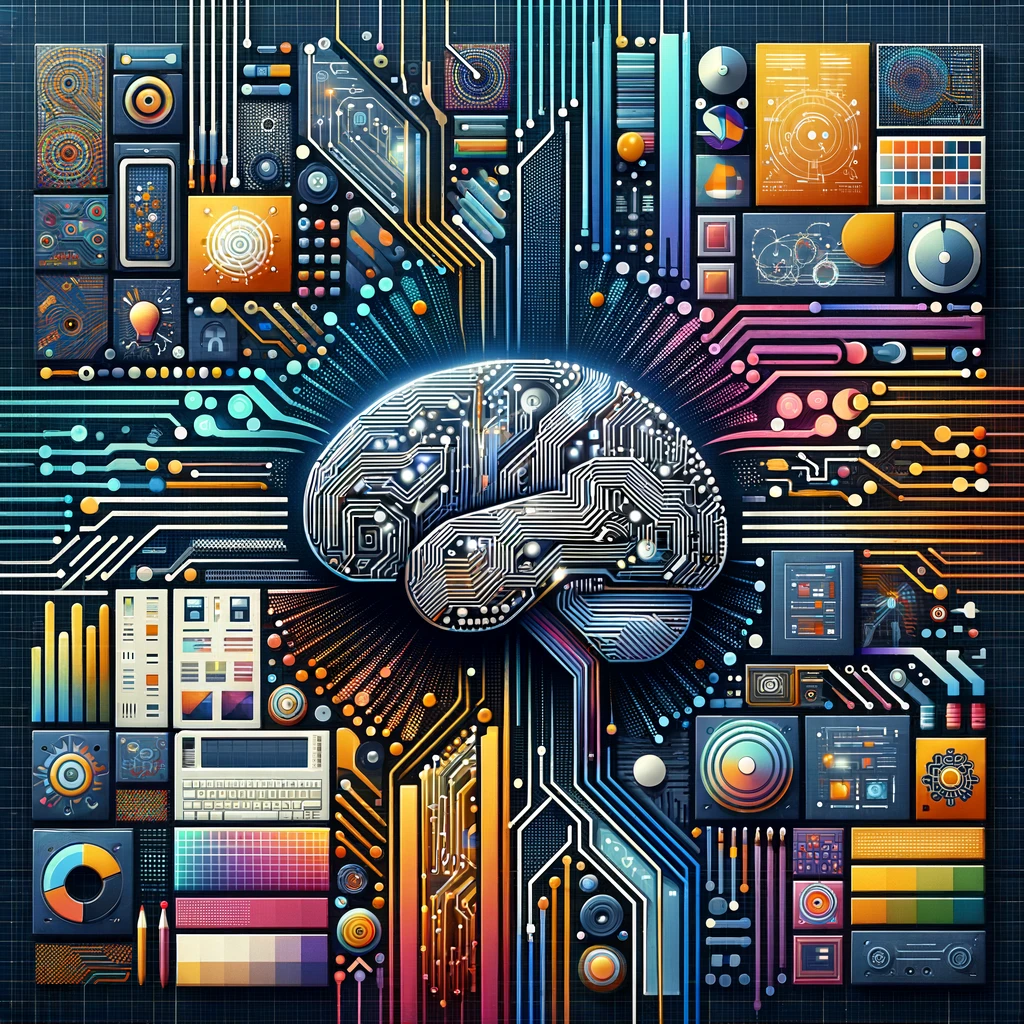Creating a unique visual identity for your brand is crucial in today’s saturated market. With the rise of artificial intelligence (AI), businesses now have innovative tools at their disposal to personalize their branding in ways that were once unimaginable. This article explores how AI can be harnessed to craft a distinctive visual identity that resonates with your target audience and stands out from the competition.
The Evolution of Brand Identity
Traditionally, creating a brand identity involved a manual, often subjective process, with graphic designers brainstorming ideas to visually convey a brand’s values and personality. This method, while effective, is time-consuming and can be hit or miss depending on the creative team’s interpretation of the brand’s essence.
Enter AI, a game-changer in the realm of design and branding. AI technologies, such as machine learning and natural language processing, can analyze vast amounts of data to generate insights and predict trends. This capability allows for a more data-driven approach to creating a visual identity, ensuring that every element is optimized to appeal to the intended audience.
Harnessing AI for Personalized Branding
The use of AI in branding extends beyond mere logo design. It encompasses the entire visual identity of a brand, including color schemes, typography, imagery, and even the brand voice. Here’s how AI is revolutionizing each of these aspects:
1. Logo Design and Brand Elements
AI-powered design platforms can generate unique logo concepts based on a brief that describes the brand’s values, target market, and industry. These tools use algorithms to suggest color palettes, shapes, and fonts that align with the brand’s personality, making the process of selecting brand elements more efficient and personalized.
2. Color Schemes
Colors evoke emotions and communicate messages without words. AI can analyze the psychological impact of different colors on specific demographics, helping brands choose a color scheme that effectively resonates with their target audience.
3. Typography
The choice of typeface plays a significant role in brand perception. AI tools can suggest fonts that match the brand’s character, whether it’s trustworthy, innovative, traditional, or edgy. These recommendations are based on data-driven insights, ensuring that the typography aligns with the brand’s desired image.
4. Imagery and Content Creation
AI can also assist in selecting and creating imagery that complements the brand’s visual identity. Through image recognition and processing, AI tools can curate photos and graphics that match the brand’s style and message. Additionally, AI-driven content creation platforms can produce unique graphics, animations, and videos tailored to the brand’s visual guidelines.
5. Brand Voice and Messaging
While not strictly visual, the brand’s voice and messaging are integral to its identity. AI can analyze customer data to understand the language and tone that best engage the target audience, guiding the creation of brand messaging that resonates on a personal level.
SEO Benefits of AI-Powered Branding
A personalized visual identity does more than just make your brand look good; it enhances your brand’s online presence. Here’s how:
- Improved User Experience: AI-optimized branding elements can lead to a more cohesive and engaging online experience, reducing bounce rates and improving search engine rankings.
- Targeted Content: By understanding your audience’s preferences, AI can help tailor your content strategy, increasing relevance and engagement, which are key factors in SEO.
- Social Media Engagement: A unique, AI-crafted visual identity can make your brand more recognizable and shareable on social media, driving traffic to your website.
Implementing AI in Your Branding Strategy
To effectively use AI in personalizing your brand’s visual identity, start with a clear understanding of your brand’s core values, target audience, and competitive landscape. This foundation will guide the AI’s learning process, ensuring that the generated elements are aligned with your brand’s goals.
Next, select AI tools and platforms that are reputable and suited to your specific needs. Many design and marketing platforms now offer AI-powered features tailored for branding purposes. Experiment with different tools to find the best fit for your brand.
Finally, keep in mind that AI is a tool to aid human creativity, not replace it. The most successful brand identities will always be those that combine AI’s data-driven insights with the intuitive touch of human designers.
Conclusion
The integration of AI into the process of creating a brand identity offers unprecedented opportunities for personalization. By leveraging AI’s capabilities, brands can develop a unique visual identity that not only stands out but also deeply resonates with their target audience. As AI technology continues to evolve, the possibilities for innovative and personalized branding will only expand, offering exciting prospects for businesses willing to embrace this new frontier.
